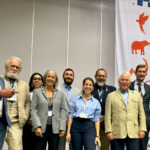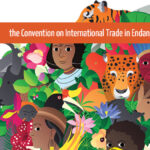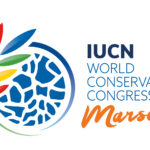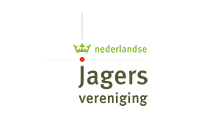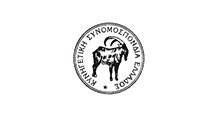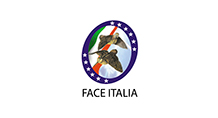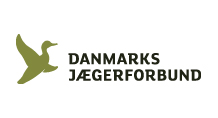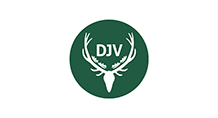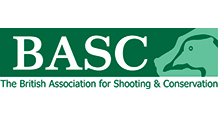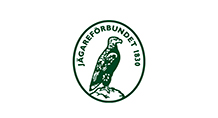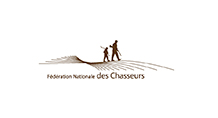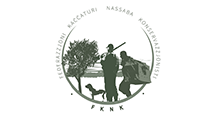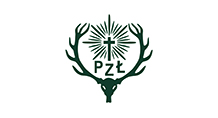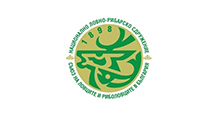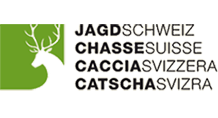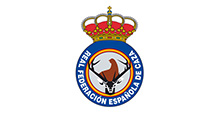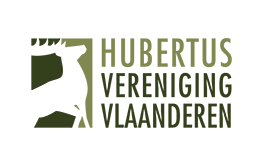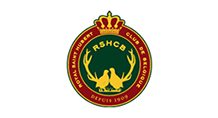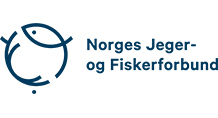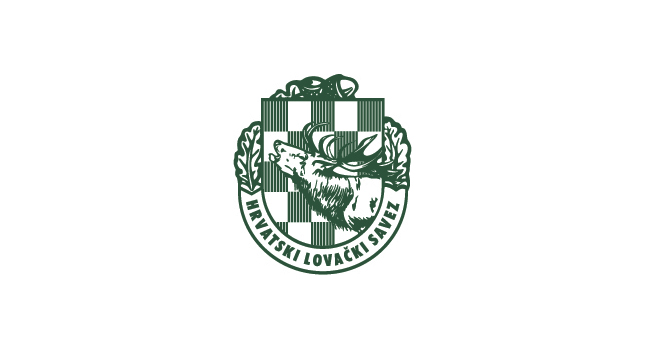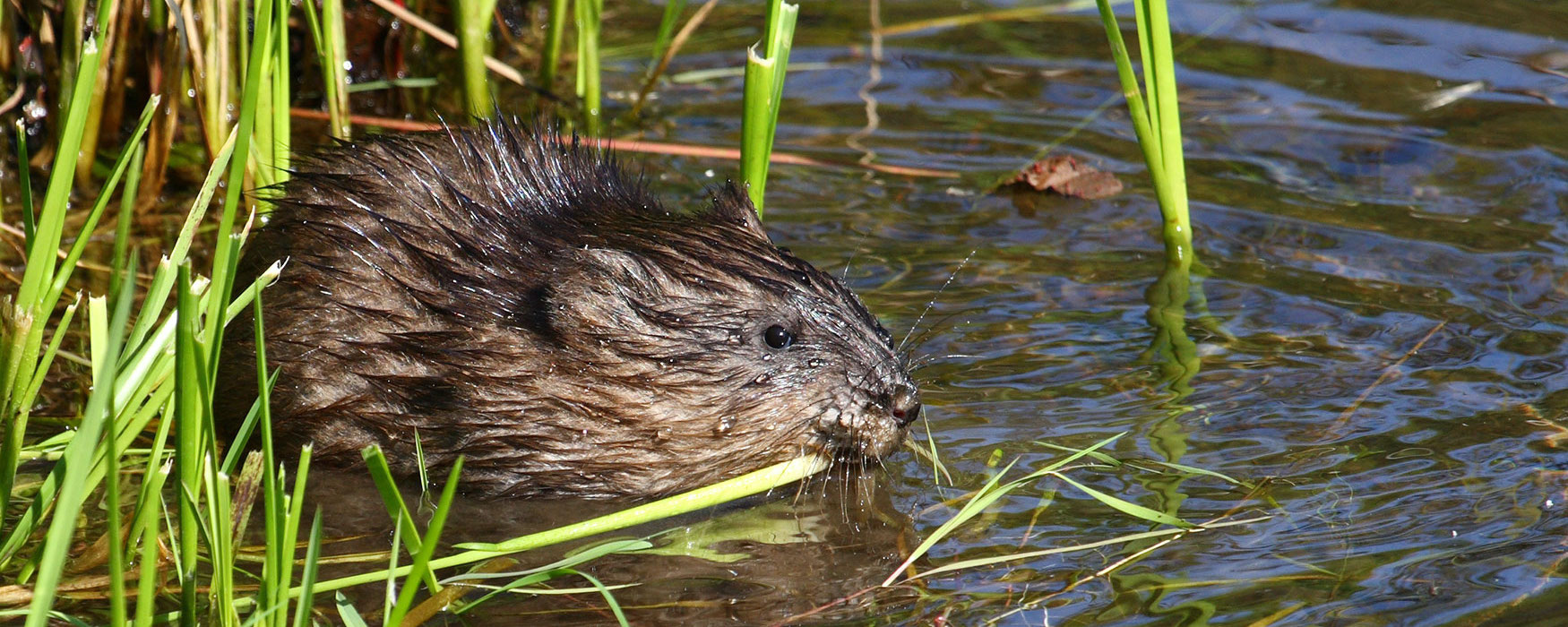
AIHTS – Agreement on International Humane Trapping Standards
- The AIHTS – Agreement on International Humane Trapping Standards – was negotiated between the EU, Canada and the Russian Federation (with a similar agreement with the USA) and concluded successfully in 1998.
- The Agreement was approved by Council Decision 98/142/EC.
- The Agreement entered into force 22 July 2008 following deposit of the ratification by the Russian Federation.
- According to the implementation schedule, Parties to the Agreement will have until 2013 (5 years after entry into force) to test and certify trapping methods, and until 2016 to prohibit the use of traps not certified in accordance with standards of the Agreement.
HISTORY AND BACKGROUND
In 1987 the International Organisation for Standardization ISO through its Technical Committee TC 191 (where FACE has an observer status) started working to agree acceptable trapping standards from a point of view of animal welfare. Although good progress was made, the process did not manage to establish the welfare thresholds for which it strived. Nevertheless excellent work of ISO-TC 191 resulted in 1999 in an agreement on methods for testing restraining traps, respectively for killing-trap systems used on land and underwater.
Few years after the ISO-TC process started the Council of the European Union adopted in 1991 the “Leghold Trap” Regulation 3254/91 prohibiting the use of leghold traps in the Community and the introduction into the Community of pelts and manufactured goods of certain wild animal species originating in countries which catch them by means of leghold traps or trapping methods which do not meet international humane trapping standards.
In 1995 negotiations began on the Agreement on International Humane Trapping Standards (AIHTS) between the EU, Canada, Russia and the US and concluded successfully in 1998, although it only came into force much later, in July 2008 after the ratification by the Russian Federation.
OBJECTIVES OF AGREEMENT
- To establish international standards of humane trapping, improve communication and cooperation between the parties for the implementation and development of those standards, and facilitate trade between the parties.
- To lay down harmonised technical standards offering a sufficient level of protection to the welfare of trapped animals and governing both the production and use of traps, and to facilitate trade in traps, pelts and products manufactured from species covered by the agreement.
SCOPE (ARTICLE 3)
Species listed in Annex I (those present in EU: Canis lupus, Castor canadensis (FI only), Castor fiber, Lutra lutra, Lynx lynx, Martes martes, Meles meles, Mustela ermine, Nyctereutes procyonoides, Ondata zibethicus, Procyon lotor).
Trapping for purpose of: (a) wildlife management purposes including pest control; (b) obtaining fur, skin or meat; and (c) the capture of mammals for conservation.
OBLIGATIONS (ARTICLE 7)
The parties must ensure that their competent authorities take all the necessary steps to:
- Establish appropriate processes for certifying traps in accordance with the Standards,
- Ensure that trapping methods conducted in their territories are in accordance with the Standards
- Prohibit the use of traps that are not certified in accordance with the Standards,
- Require manufacturers to attach a mark to identify certified traps and provide instructions for their appropriate setting, safe operation and maintenance.
EXCHANGING INFORMATION AND MUTUAL RECOGNITION (ARTICLES 11&12)
Notification of competent authorities, information on traps being tested – as a trap tested and certified by one party (or Member State) for can be authorised by another party.
The list of competent authorities can be found on the European Commission’s website.



